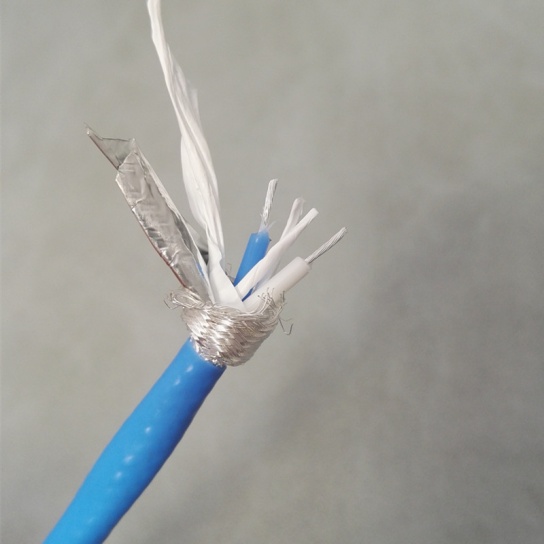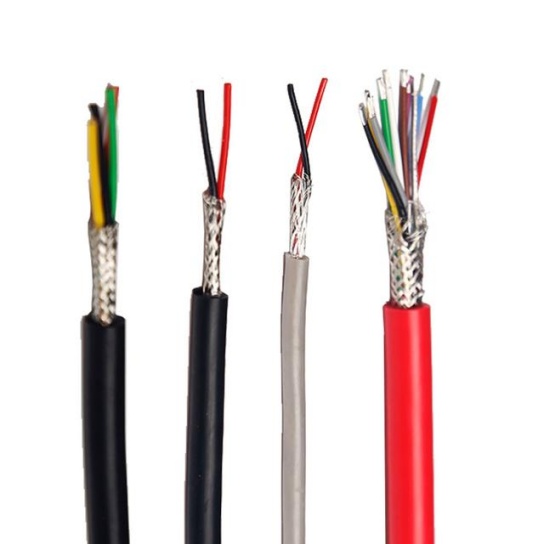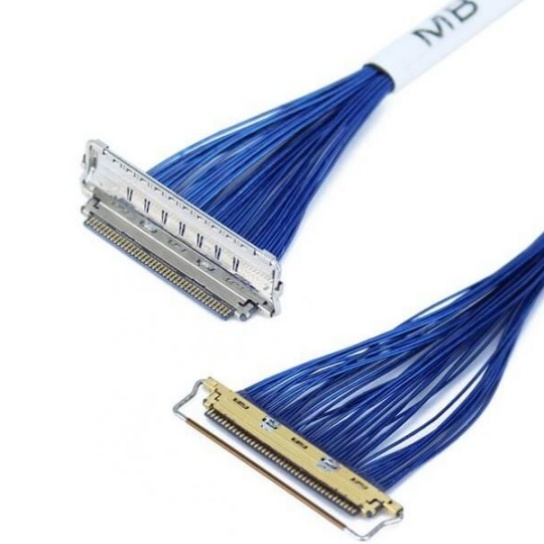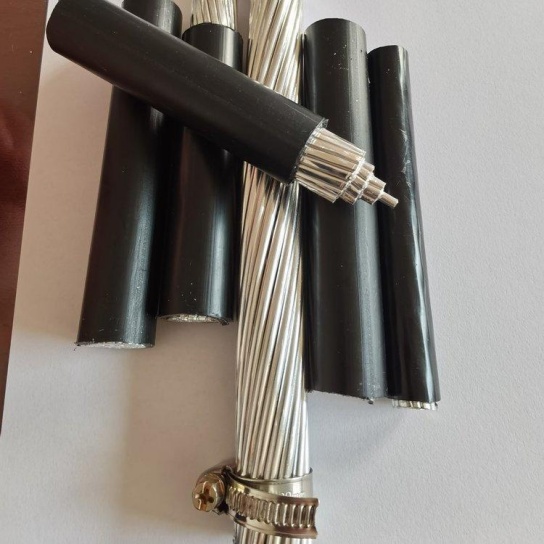High-Voltage Aircraft Cable Assemblies for Electric Aircraft
As the aviation industry accelerates toward electrification, high-voltage aircraft cable assemblies have emerged as critical components in enabling the next generation of electric aircraft. These advanced cabling systems serve as the nervous system of electric propulsion architectures, facilitating the safe and efficient transmission of high-power electrical energy while withstanding the extreme operational demands of aerospace environments.
Technical Requirements and Material Innovations
Modern electric aircraft, including eVTOLs (electric vertical takeoff and landing vehicles), urban air taxis, and hybrid-electric regional aircraft, demand cable assemblies that exceed the performance of traditional aviation wiring. Key technical specifications include operation at voltages up to 42,000 volts DC, temperature resistance ranging from -65°C to +260°C, and immunity to vibration, salt spray, and chemical exposure from deicing fluids. These stringent requirements have driven innovations in material science, with fluoropolymers like FEP (Fluorinated Ethylene Propylene) becoming the benchmark for insulation due to their exceptional dielectric strength and heat resistance.
Weight reduction remains a paramount concern in aviation design, making high-conductivity materials such as oxygen-free tinned copper essential for conductor construction. Advanced jacket materials, like Cicoil’s proprietary Flexx-sil™ rubber, offer self-healing properties for minor punctures and eliminate the need for heavy armored protection, reducing overall cable weight while maintaining durability. For next-generation applications, researchers are exploring cryogenic cooling using bio-LNG (Liquefied Natural Gas) to enhance conductivity, with early tests showing a threefold reduction in resistivity at -153°C, enabling significant reductions in conductor size.
Design Challenges and EMI Mitigation
Electromagnetic interference (EMI) poses a unique challenge in high-voltage aviation systems, where sensitive avionics must coexist with high-power electrical components. Meeting DO-160G standards for electromagnetic compatibility requires sophisticated shielding solutions, typically incorporating double-layer configurations of copper foil and 镀银铜编织网 (silver-plated copper braid) to achieve ≥80 dB shielding effectiveness across 10 kHz to 18 GHz frequency ranges. Critical to performance is the 360° termination of shielding layers using specialized EMI clamps, which prevent impedance discontinuities that can degrade shielding efficiency during vibration.
Thermal management represents another critical design consideration, particularly at high altitudes where reduced air pressure impairs convection cooling. Liquid-cooled cable assemblies are emerging as viable solutions, utilizing dielectric coolants to dissipate ohmic losses while maintaining voltage integrity. These systems not only address thermal challenges but also contribute to overall weight reduction by enabling higher current densities without compromising reliability.
Safety Standards and Certification
The aviation industry’s rigorous safety culture demands comprehensive standardization for high-voltage cable assemblies. Key specifications include T/AOPA 0063-2024, which mandates insulation resistance ≥20 MΩ between high-voltage circuits and the airframe, and ISO 8056-1 for conductor design in temperature control systems. Fire safety is paramount, with regulations prohibiting toxic smoke emission during overload conditions and requiring halogen-free materials to minimize passenger risk in emergency scenarios.
Certification processes also emphasize mechanical integrity, requiring cables to withstand repeated bending cycles in dynamic applications like wing flaps and rotor assemblies without fatigue failure. Color-coding standards, typically specifying red or orange jackets for high-voltage lines, enhance maintenance safety alongside interlock systems that prevent accidental energization during servicing.
Market Growth and Future Trends
The global high-voltage cable market is projected to grow at a CAGR of 11.4% from 2025 to 2034, reaching $70.8 billion as electric aviation and renewable energy integration drive demand. This growth is accompanied by rapid technological evolution, including the development of smart cable assemblies integrated with fiber-optic sensors for real-time monitoring of temperature, strain, and insulation integrity. Modular designs are also gaining traction, enabling rapid replacement and customization for diverse aircraft platforms from small UAVs to commercial airliners.
FRS: Engineering Excellence in High-Voltage Aviation Solutions
As a leading manufacturer of high-voltage aircraft cable assemblies, FRS stands at the forefront of this technological revolution. Our state-of-the-art facilities produce custom cable solutions that meet the most demanding aviation specifications, including DO-160G EMI requirements, T/AOPA 0063-2024 safety standards, and extreme temperature performance from -65°C to +260°C.
Leveraging advanced materials like FEP insulation and oxygen-free copper conductors, FRS cable assemblies deliver superior power density while minimizing weight penalties critical for electric aircraft range and efficiency. Our proprietary shielding technologies, including precision 360° terminated double-layer configurations, ensure electromagnetic compatibility in the most sensitive avionics environments. Backed by ISO 9001 and AS9100 certifications, FRS combines decades of aerospace engineering expertise with agile manufacturing capabilities to support rapid prototyping and scaled production for both legacy platforms and next-generation electric aircraft.
In the journey toward sustainable aviation, FRS remains committed to pushing the boundaries of high-voltage cable technology—connecting innovation with reliability to power the future of flight.






